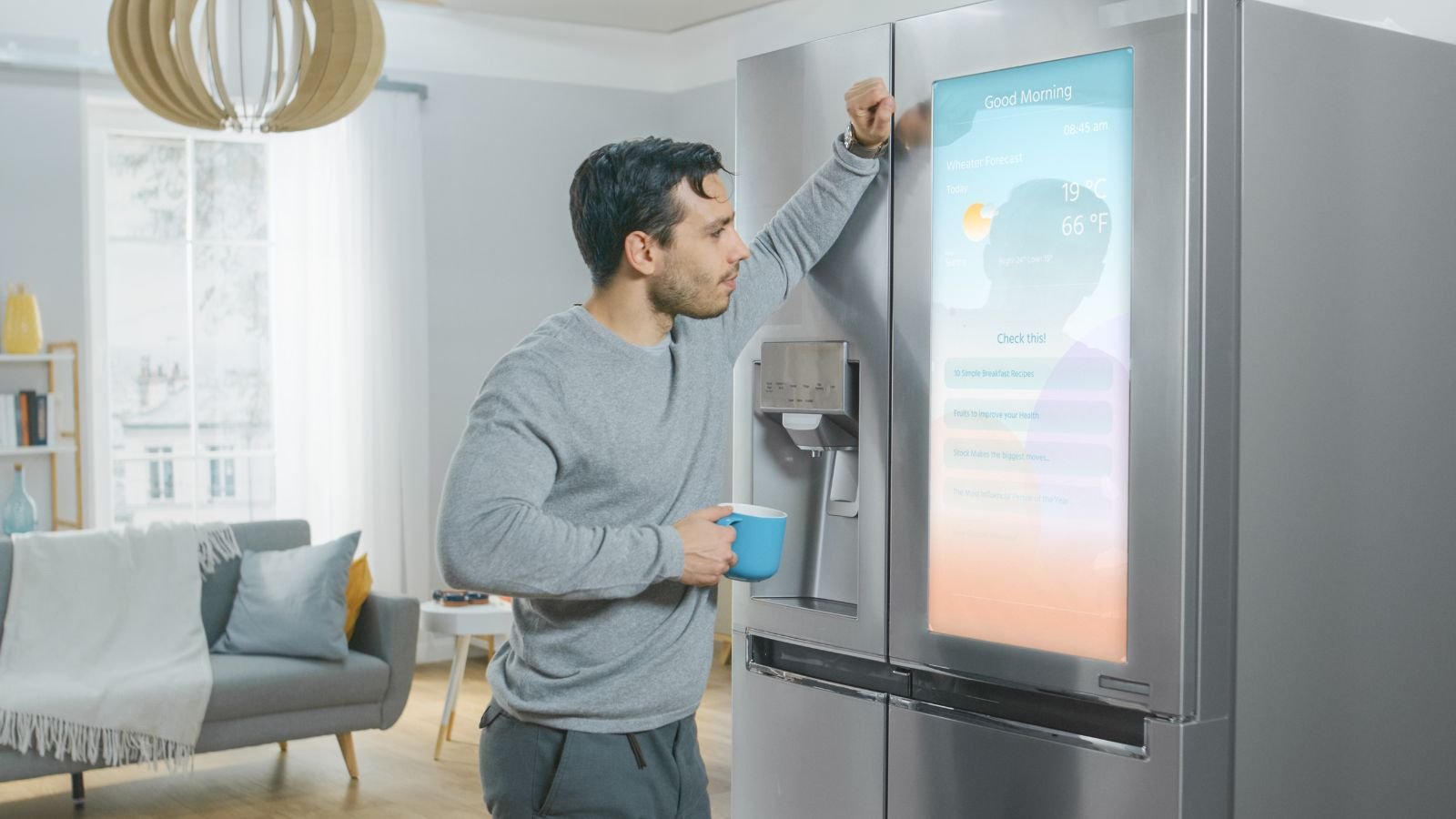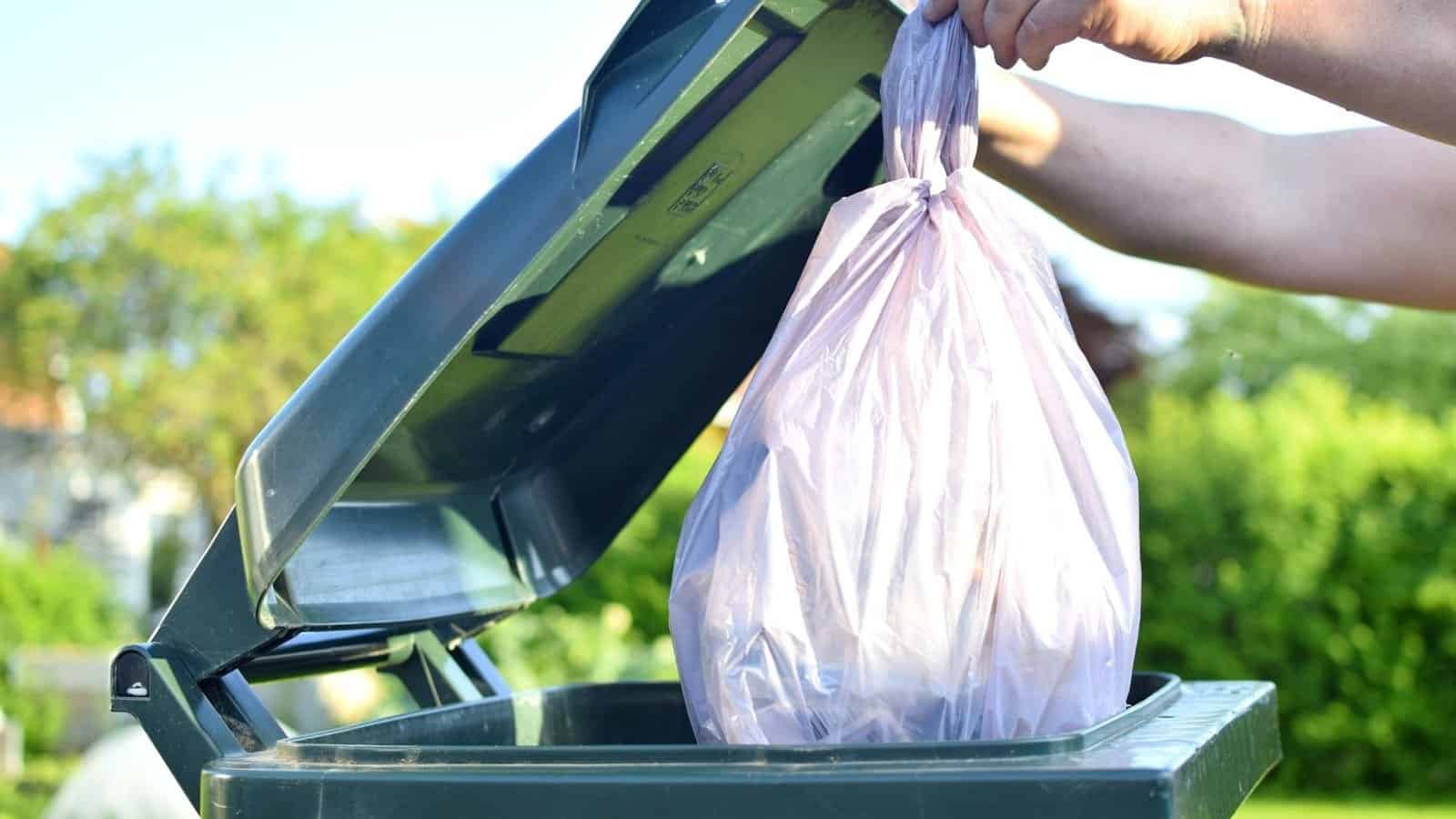Smart home gadgets have become increasingly popular in the age of technological advancements. While many offer convenience and automation, some are unnecessary or overpriced. Let’s delve into the world of smart home gadgets and uncover the ones that might not be worth your investment.
Smart showerhead

While smart showerheads offer features like built-in speakers, smartphone control, and water-saving technologies, these added functionalities often come at a premium. A basic showerhead is sufficient for many people, and the extra features may not justify the higher cost. The price of a smart shower head can vary depending on its brand and features but typically ranges from $120 – $1265. Additionally, issues like spotty Bluetooth connections, lower water pressure, and potential malfunctions can diminish the overall value proposition of these devices. The environmental benefits of water-saving features may be offset by the energy consumption required to power the smart technology within the showerhead.
Amazon Astro

Amazon Astro, a $1,599.99 home robot, offers features like home surveillance, voice control, and limited mobility. Despite its high price, privacy concerns, and limited functionality, Amazon has positioned Astro as a futuristic home companion. However, its inability to perform many practical tasks and its potential security vulnerabilities may outweigh the benefits of having a rolling smart speaker.
Smart Fridges

Smart fridges, often retailing for several thousand dollars, offer features like recipe suggestions, music streaming, and digital displays. Despite these added functionalities, their high price tag and potential security vulnerabilities make them a questionable investment. The extra cost for features that may not be essential, coupled with the risk of outdated software and possible security breaches, outweigh the benefits of having a connected refrigerator. For example, a Samsung smart fridge can cost upwards of $3,677, while a traditional fridge can be purchased for significantly less.
Smart Coffee Machines

While the convenience of a smart coffee machine is undeniable, it often falls short of delivering the quality coffee experience that many enthusiasts crave. The biggest issue is that the coffee grounds often sit in the machine for extended periods, leading to staleness and a compromised flavor profile. Moreover, the smart home integration, while convenient, can be impractical if you don’t want to keep your coffee grounds ready at all times. Smart coffee machines vary widely in price, from below $100 to more than $2,000.
Touch Screen Display Toasters

While smart toasters offer features like touchscreens and advanced settings, they often come with hefty price tags and limited practicality. These gadgets may not be necessary for most people who can achieve similar results with traditional toasters. Features like built-in clocks and crumb tray reminders may be unnecessary for those with established cleaning routines. Ultimately, deciding to invest in a smart toaster depends on individual preferences and budget, as the added features may not justify the increased cost for many consumers.
Smart Water Bottles

Smart water bottles with Bluetooth connectivity, LED lights, and app integration promise to revolutionize hydration habits. However, their practical value and cost-effectiveness often come into question. While these bottles can track water intake, provide reminders, and offer customizable LED lights, they often come with a hefty price tag. A traditional option may suffice for individuals needing a reliable water bottle.
Sonic automatic toothbrush

The AutoBrush Sonic Pro is a unique automatic toothbrush that claims to clean teeth and whiten them in 30 seconds. While it offers features like simultaneous brushing and LED light therapy, the high cost of replacement trays may offset the initial time savings. Traditional options like Oral-B or Sonicare may be more suitable if you’re looking for an electric toothbrush with similar benefits at a lower long-term cost. At $89, it may not be suitable for most people.
HAPIFork

The HAPIfork, a smart fork designed to promote slower eating and healthier habits, has seen limited success in the market. Despite its initial popularity and ability to reduce eating speed, the fork failed to impact food consumption or feelings of fullness significantly. The HAPIfork was initially launched on Kickstarter in 2013, where it raised over $134,000. However, the product has since been discontinued, making it difficult to find new units. Given the limited availability and high cost of the HAPIfork, it’s often more practical and affordable to invest in traditional silverware sets.
Levitating Bluetooth speakers

Levitating Bluetooth speakers have captured the imagination of many with their unique design and ability to defy gravity. These speakers typically require precise positioning to maintain levitation, making the construction fragile. Additionally, the sound quality of levitating speakers may not be as impressive as traditional options, with some users reporting muffled or distorted audio. Traditional Bluetooth speakers may be more suitable for those prioritizing sound quality and portability. While levitating Bluetooth speakers offer a unique aesthetic appeal, their practical limitations, and higher price tags may make them a less desirable option for many consumers.
Smart Toilets

While smart toilets offer several convenient features like heated seats, automatic lids, and built-in bidets, they often come with a hefty price tag. The initial investment, ongoing electricity consumption, and potential maintenance costs may outweigh the benefits for many consumers. Additionally, the complexity of using smart toilets can be a barrier for some users. So, the decision to invest in a smart toilet depends on individual preferences and budget, as the added features may not justify the increased cost for those seeking a basic and affordable toilet.
Dyson air-purifying headphones

The Dyson Zone Absolute Plus, a combination of noise-canceling headphones and an air purifier, offers a unique but impractical solution to air pollution. Despite its high price, the headphones are bulky, uncomfortable, and lack durability. The integrated face mask, while innovative, may not be suitable for long-term use due to its weight and limited protection against moisture. Overall, the Dyson Zone Absolute Plus is a niche product that most consumers can avoid.
Voice Controlled Trash Cans

Voice-controlled trash cans offer hands-free convenience, but the cost may not justify the benefits. They can be more expensive than traditional foot-pedal models, which are typically more affordable. The higher price is due to the added technology required for voice recognition and activation. While this feature may be appealing for some, it may not be essential for everyone, especially considering the potential for voice recognition errors or limitations.
